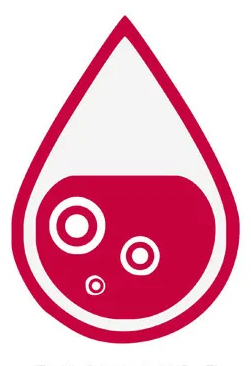Domain
Device by Jamie Punter et al.
In this research, a portable sensor device based on a commercial three gold electrode sensor was developed containing electronic instrumentalization, post processing software and plug and play capability. 48 blood samples were taken with each sample containing 50 micro liters of blood. A portion of the samples were used to calibrate the device while the rest of the samples were reserved to test the accuracy of the device. After testing the accuracy rate of the device was found to be around 98%
Image processing project by Sachin D. Khirade et al.
In a project done by Sachin D. Khirade to detect diseases in plants he has used image processing. In this scenario the researcher has been using steps like image acquisition, image pre-processing, feature extraction and classification to detect the changes in the plants by continually monitoring the changes in those plants by the means of image processing. The feature extraction method plays an important role in identification of the object. This stage is used in image processing to detect colour, texture, morphology and edges. So, in this project the texture is detected in order to make sure the there are certain changes that could be detected.
RFID Device by R. Bhattacharyya et al.
The next project that is done by R. Bhattacharyya which is using RFID the ability to test for anaemia. In their project they use a method there they would be able to send a certain frequency to detect if there are an ample amount of red blood cells in a given quantity of blood inside the body. Therefore, in order to detect that they have been shall be using a frequency and send it back and retrieve the relevant data and analyse whether there is a difference between the normal person’s blood and an anaemia infected patient. In an anaemia infected patient anyways there will be lower red blood cell count. Therefore in there project they have used a sensor which is capable of reliably differencing between blood having different red blood cells concentration by volume. Therefore, according to this project the Red Blood count is taken by volume and is checked for anaemia.
Research on use of machine learning for disease detection by Meherwar Fatima et al.
According the project by Meherwar Fatima on the topic, “Survey of Machine Learning Algorithms for Disease Diagnostic” has discussed on the types of machine learning algorithms that are available on detecting heart attacks. Crucially one of those algorithms is supervised learning type. Therefore, this type of algorithm can be used in machine learning to detect the diseases. Pattern recognition and data classification methodology should be used to detect the exact cause and could be designed easily to detect the disease and make sure the patients would be able to diagnose the disease through these systems. Using different algorithms heart diseases, diabetics, liver diseases, dengue and hepatitis can be identified. In our project the team shall be using machine learning algorithms in order to detect anemia and increase the accuracy, which is crucial.
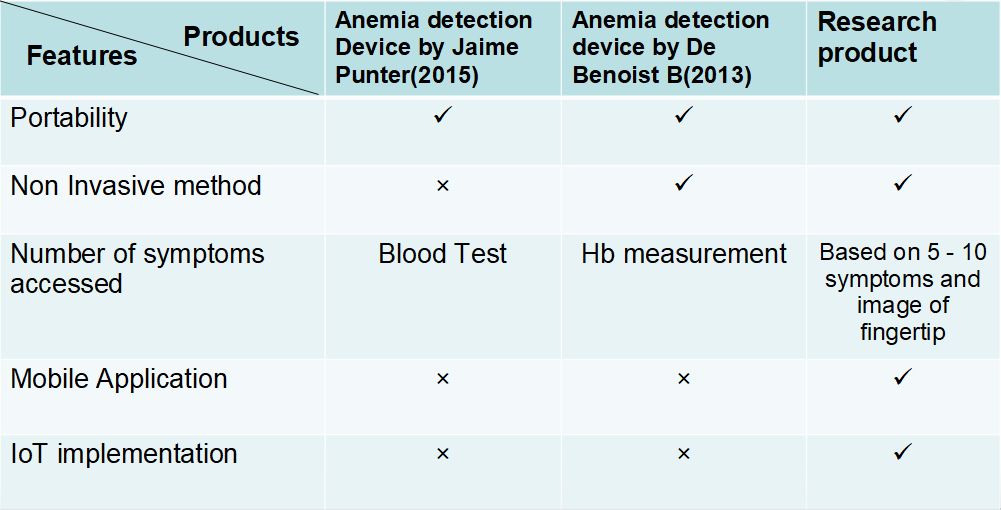
Although there are many methods of identifying this disease most of them are done by laboratory tests and are more invasive methods, by taking blood and testing those. Which would take more time and needs complex systems to function to identify whether the patient is either diagnosed with this disease or not. Therefore, identifying the disease with a more portable machine is the best way to detect the disease. But the device would only be eligible for detecting one symptom but in the mentioned method the research group shall be using plenty of input to decide whether the person is diagnosed with this disease or not. In order to do this, the team shall be using a non-invasive method. For this the team shall be developing a device and an app so that the team can get many inputs so that our accuracy increases when the team can state whether the patient is diagnosed with this disease or not.

Anemia not detected early
Anemia is easier to treat early on and as the disease progresses, the effects of it becomes more severe and can even lead to death. Therefore there is a need for a system to detect anemia at an early stage.
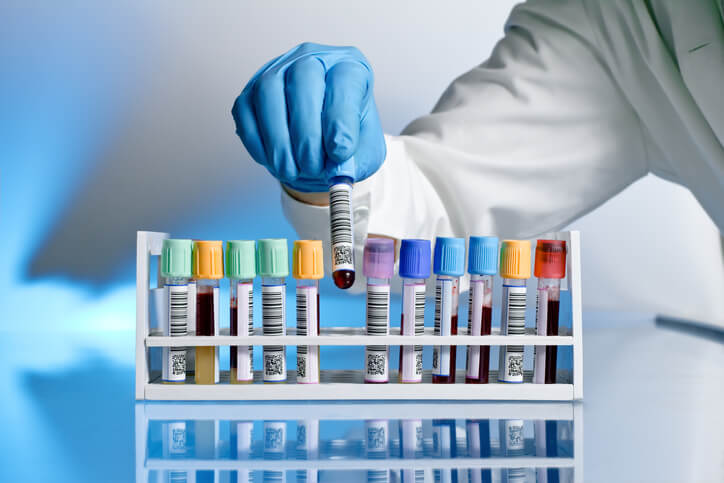
Lack of Portable devices
The lack of an easy to use and portable device/method to detect anemia in a person is a significant problem. Most commonly used method to detect anemia in Sri Lanka require laboratory equipment.
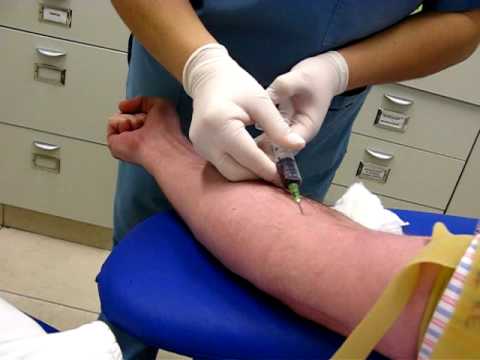
Lack of Non-invasive methods
Testing blood samples is genrally considered more reliable than other methods/device for anemia testing and this is the commonly used method in Sri Lanka. A non-invasive method would be preferred as this would also reduce the chance of infections in areas with limited resources.

Limited symptoms
Most of the alternative methods to blood testing are focused on only one symptom. There is a lack of methods which take many of the other symptoms into consideration when testing for anemia.

Lack of dataset
There is a lack of datasets related to this type of research where images of the skin of patients are taken especially in the Sri Lankan context.
Portability
A compact device and a mobile application will be used to take inputs which ensures portability and easy of use.
Reusability
The device and mobile application will be made in a way that reusability is greatly enabled unlike in traditional methods.
Many inputs
The inputs taken by the device as well as the answers obtained via the questionnaire in the mobile application are used to produce the results.
Intelligent classification
Machine Learning will be used to train the predictive moel used to produce the results which can be evolved to adapt to changes.
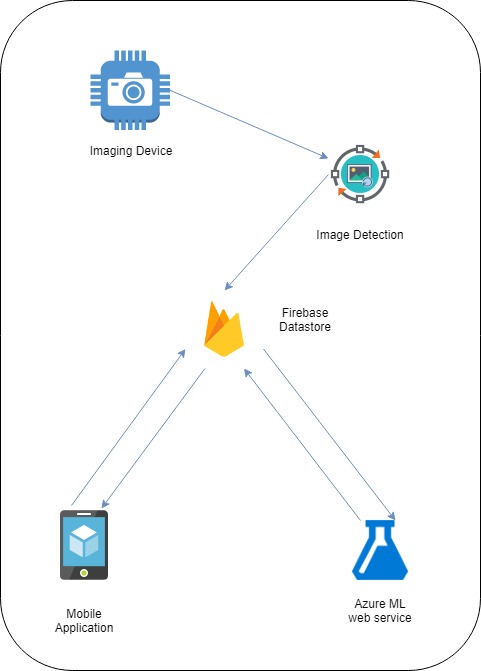
System Architecture
The hardware device which used to take images of the skin of a patient is connected to the image processing algorithm running on a seperate server via the internet. This image processing algorithm is used to for image detection where the image is classified as an image of an anemia patient or a healthy person. Then this result is stored in the Firebase datastore which is the backend system used for the system. This datastore is integrated with the mobile apllication and thus acts as the daabase for the system. After taking a reading from the hardware device, the patient answers a questionnaire in the mobile application and those answers are then stored in the datastore. Then the image processing result and the questionnaire result are sent to the web service of the machine learning predictive model. This predictive model is the result of training a machine learning algorithm with the dataset collected by the research team earlier. The web serive of the predictive model then returns the final result which is a prediction of the diagnosis of the user and this is stored in the datastore. Then the mobile application retrieves this diagnosis and displays it to the the user.

Azure ML Studio

Keras and TensorFlow
Raspberry Pi

Google Firebase

Python

